Smart resin forms tough parts with UV light and dissolvable supports with visible light. This dual nature can make 3D printing waste-free.


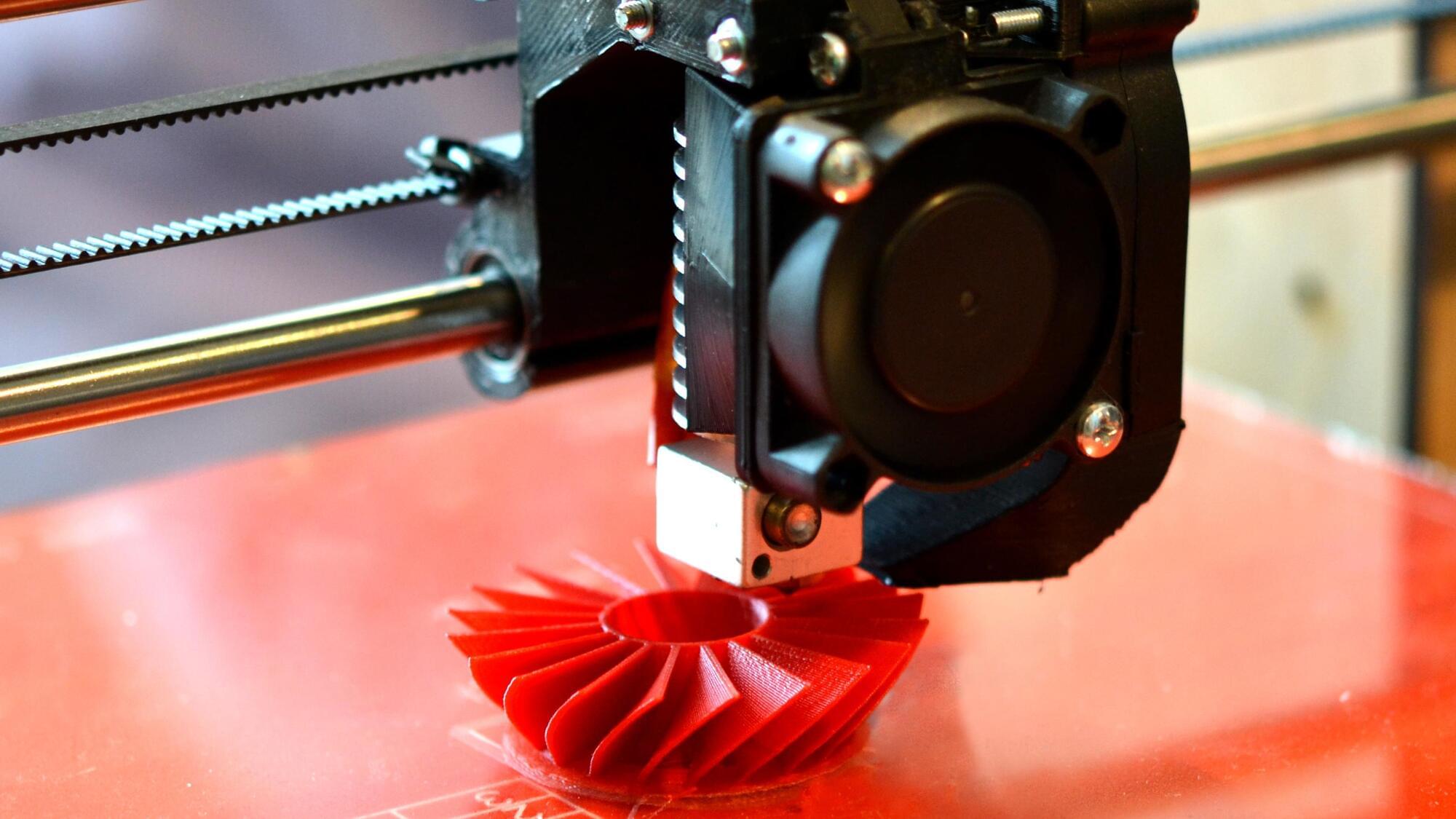
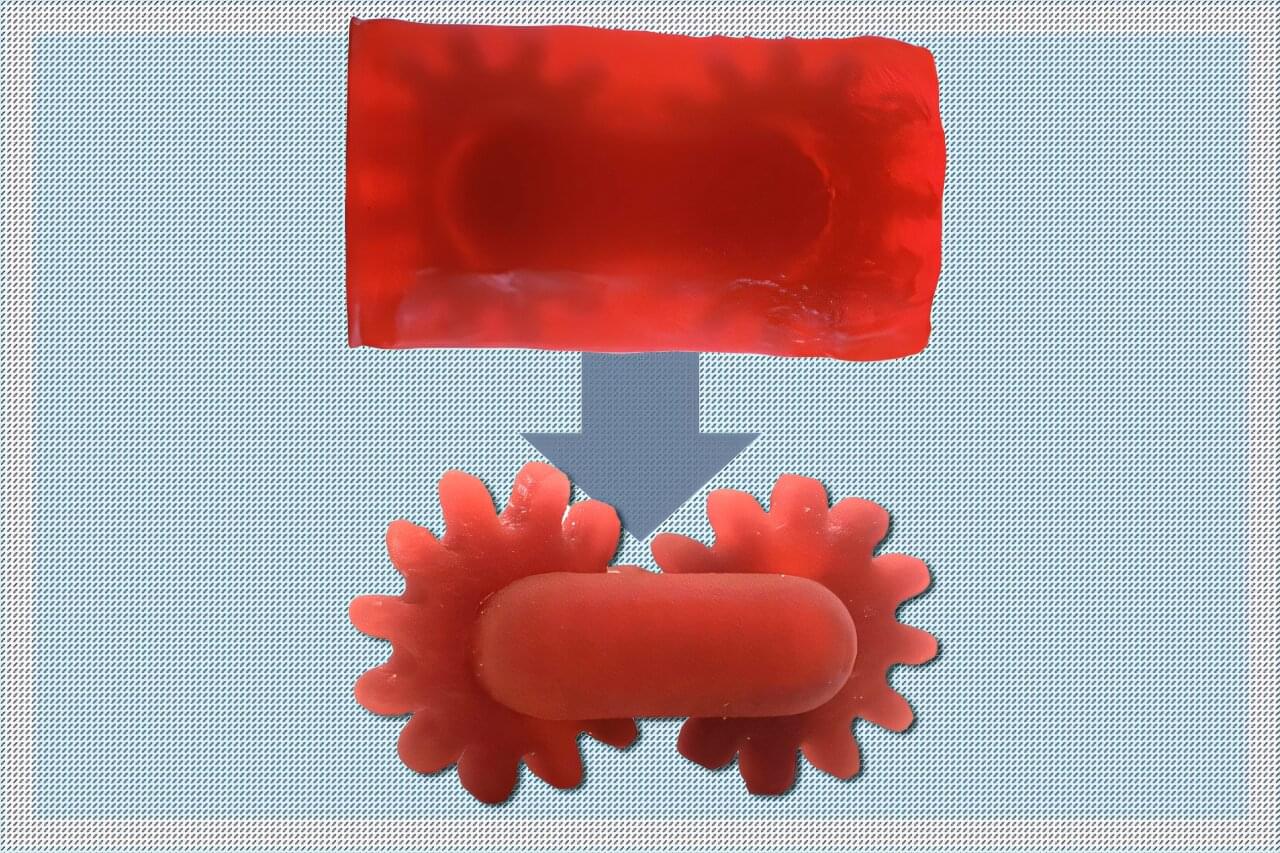
Hearing aids, mouth guards, dental implants, and other highly tailored structures are often products of 3D printing. These structures are typically made via vat photopolymerization—a form of 3D printing that uses patterns of light to shape and solidify a resin, one layer at a time.
The process also involves printing structural supports from the same material to hold the product in place as it’s printed. Once a product is fully formed, the supports are removed manually and typically thrown out as unusable waste.
MIT engineers have found a way to bypass this last finishing step, in a way that could significantly speed up the 3D-printing process. They developed a resin that turns into two different kinds of solids, depending on the type of light that shines on it: Ultraviolet light cures the resin into an highly resilient solid, while visible light turns the same resin into a solid that is easily dissolvable in certain solvents.
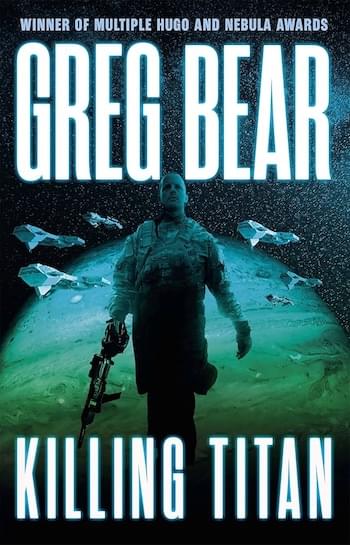
These are your rudimentary seed packages… Some will combine in place to form more complicated structures.’ — Greg Bear, 2015.
Robot Bricklayer Or Passer-By Bricklayer? ‘Oscar picked up a trowel. ‘I’m the tool for the mortar,’ the little trowel squeaked cheerfully.’ — Bruce Sterling, 1998.
Organic Non-Planar 3D Printing ‘It makes drawings in the air following drawings…’ — Murray Leinster, 1945.
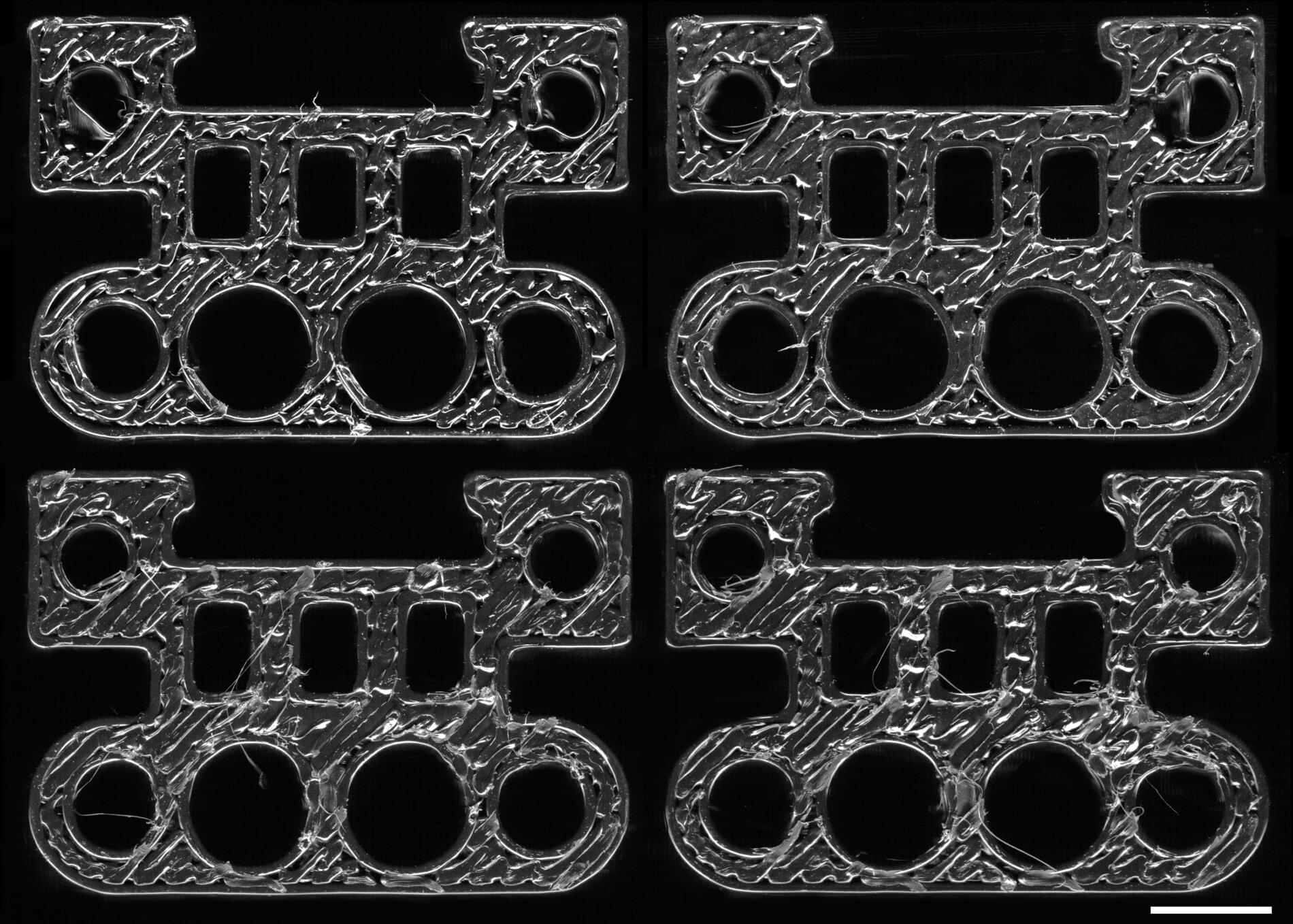
A new artificial intelligence system pinpoints the origin of 3D printed parts down to the specific machine that made them. The technology could allow manufacturers to monitor their suppliers and manage their supply chains, detecting early problems and verifying that suppliers are following agreed upon processes.
A team of researchers led by Bill King, a professor of mechanical science and engineering at the University of Illinois Urbana-Champaign, has discovered that parts made by additive manufacturing, also known as 3D printing, carry a unique signature from the specific machine that fabricated them. This inspired the development of an AI system which detects the signature, or “fingerprint,” from a photograph of the part and identifies its origin.
“We are still amazed that this works: we can print the same part design on two identical machines –same model, same process settings, same material—and each machine leaves a unique fingerprint that the AI model can trace back to the machine,” King said. “It’s possible to determine exactly where and how something was made. You don’t have to take your supplier’s word on anything.”
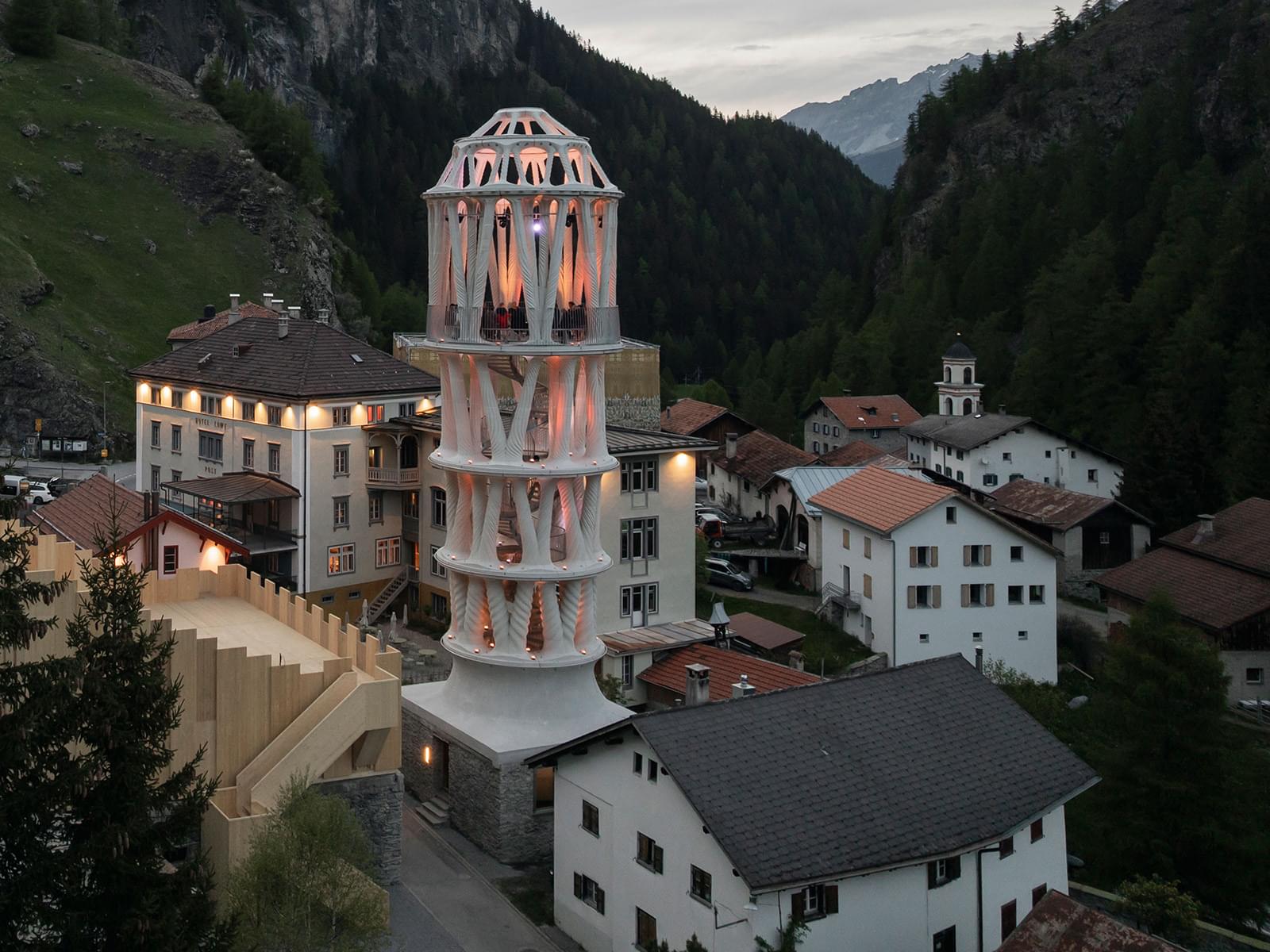
Likened by its creators to an “ornate layered cake,” the Tor Alva has been completed in Switzerland. Hailed as the world’s tallest 3D-printed building, this remarkable structure rises to an impressive height of 30 m (98.5 ft).
Tor Alva (aka White Tower) is located in the small alpine village of Mulegns that’s currently home to just 11 people. It was created by researchers at ETH Zurich, in collaboration with cultural foundation Fundaziun Origen, to show off the capabilities of cutting-edge 3D-printing techniques.
Architect Michael Hansmeyer and ETH Professor of Digital Building Technologies Benjamin Dillenburger designed its actual form, which consists of an intricate structure of 32 white concrete columns that rise over four floors and taper before fanning out to top out with a dome. The interior, meanwhile, has a capacity for 32 visitors and includes stairs on each floor, with a performance space at the top.


Scientists in the US have created a way to 3D print materials inside the body using ultrasound. Tests in mice and rabbits suggest the technique could deliver cancer drugs directly to organs and repair injured tissue.
Dubbed deep tissue in vivo sound printing (DISP), the method involves injecting a specialized bioink. Ingredients can vary depending on their intended function in the body, but the non-negotiables are polymer chains and crosslinking agents to assemble them into a hydrogel structure.
To keep the hydrogel from forming instantly, the crosslinking agents are locked inside lipid-based particles called liposomes, with outer shells designed to leak when heated to 41.7 °C (107.1 °F) – a few degrees above body temperature.

Researchers at the Terasaki Institute for Biomedical Innovation (TIBI) have developed a technique that could help advance treatments in tissue engineering. The study, published in the journal Small, introduces a technique for producing tissues with precise cellular organization designed to mimic the natural structure of human tissue.
Using a simple light-based 3D printing method, the team created microgels with controlled internal architectures. These structures help guide how cells behave and grow, mimicking the way cells naturally behave in the body.
By adjusting properties of light as it interacts with hydrogels, the team modified the internal structure of these microgels, enabling precise control of cell organization in 3D space. This breakthrough addresses a major challenge in creating realistic, functional tissue environments critical for tissue repair and regeneration.
